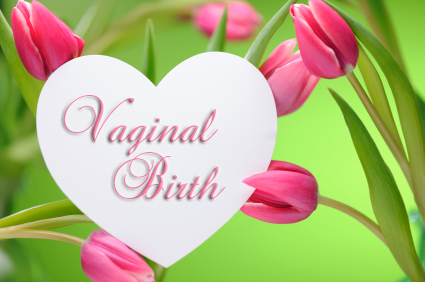The Motherlode column in The New York Times has performed a public service by highlighting a relatively common problem that receives little attention: severe perineal tears, a known complication of vaginal birth.
Ashley Nelson describes her experience:
… In addition to the tear, doctors would later find a rectovaginal fistula, wherein a passage forms between the rectum and vagina. Symptoms of this are nightmarish: fecal matter through the vagina, flatus incontinence, pain. The condition is often attributed to prolonged labors, forceps and previously unrecognized tears.
As if this weren’t bad enough, Nelson has had to endure the misinformed advice and speculation of women who insist that her injuries could have easily been prevented:
… Coverage of birth injuries are often buried under studies about the escalating rates of C-sections and the “too posh to push” women fueling them, as well as more “progressive” reports suggesting that if only women relaxed better, oiled better, breathed better, all births would be just grand…
The topic is also too politicized. Like arguments against birth control and abortion, discussions of childbirth frequently sideline any real medical issues in favor of portraying women as too busy, selfish and privileged to “choose” the “right” path, in this case a vaginal birth…
As if to prove her point, midwifery supporters rushed in with the exact misinformation that Nelson decried.
A large number of commenters insisted that midwives have a lower incidence of severe tears (there is little to no high quality scientific evidence to support this claim), that upright position prevents tears (false; it actually increases the risk of tears) and that “stress” causes tears (false).
There are studies that show that midwives have lower rates of severe perineal tears often include confounders. Operative vaginal delivery is a major confounder and only obstetricians perform operative vaginal deliveries. Median episiotomy is also a confounder and in older studies obstetricians have higher rates of median episiotomies. This difference has almost entirely disappeared. Interestingly, one factor that has been shown to dramatically reduce the risk of severe perineal tears is mediolateral episiotomy (episiotomy extending to the side, not up and down). Mediolateral episiotomies tend to be more painful when healing so there has been a reduction in their use, but they are extremely effective in preventing severe perineal tears.
I explained the nature of perineal tears in a post that appeared earlier this year entitled Vaginal tears and emphasized the need for prompt, skilled repair of 3rd and 4 degree tears in order to prevent long term serious complications like urinary and bowel incontinence.
According to the scientific literature, the risk of severe perineal tears is associated with characteristics of the baby, the mother, and the delivery method. These factors are just what common sense would suggest:
There is a GREATER risk of severe perineal tears with:
1. bigger babies
2. OP (occiput posterior) position of the baby’s head, which leads to a bigger presenting diameter
3. shoulder dystocia.
4. operative vaginal delivery (particularly forceps).
5. among certain ethnic groups.
6. median episiotomy, BUT a reduced risk of tears with mediolateral episiotomy.
7. first vaginal deliveries.
There are factors that may reduce the risk of severe perineal tears including epidural anesthesia, which leads to a more controlled delivery. There are studies that suggest that perineal support and warm compresses reduce the risk of severe perineal tears but the evidence is not high quality (Cochrane Review: Perineal techniques during the second stage of labour for reducing perineal trauma.)
Upright position in labor INCREASES the risk of severe perineal tears and blood loss.
It is important that we bring this serious complication of vaginal delivery to public attention, but it is equally important that women receive ACCURATE information about the risk factors, not wishful thinking on the part of midwifery supporters.
As Nelson herself indicated, the misinformation that “if only women relaxed better, oiled better, breathed better, all births would be just grand” contributed to her sense of isolation. Nonetheless midwifery proponents rushed in to tell her that if she had just relaxed better, oiled better, breathed better, etc. her birth would have been just grand. That’s one way to validate Nelson’s story, but I daresay not the one she was hoping for.


